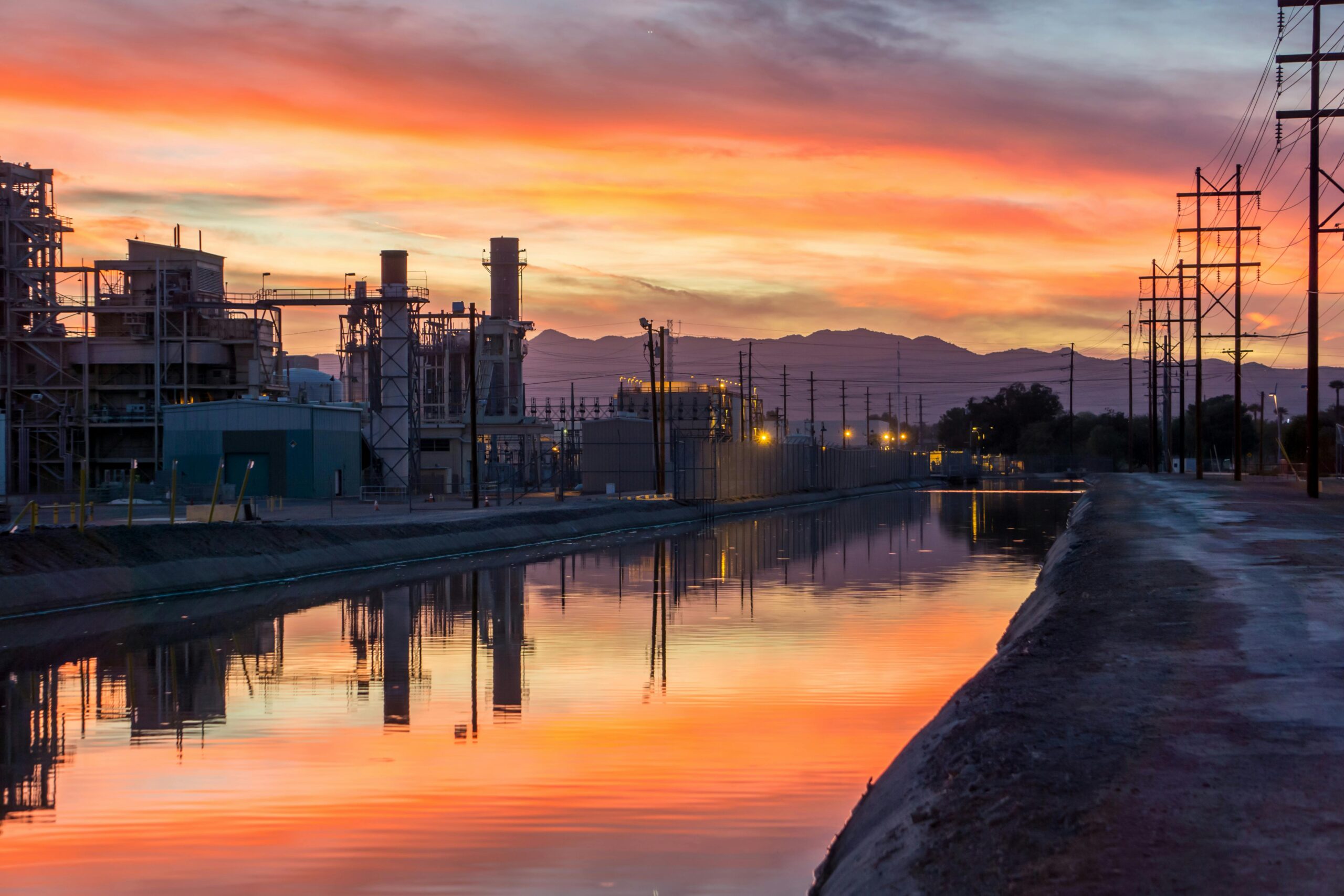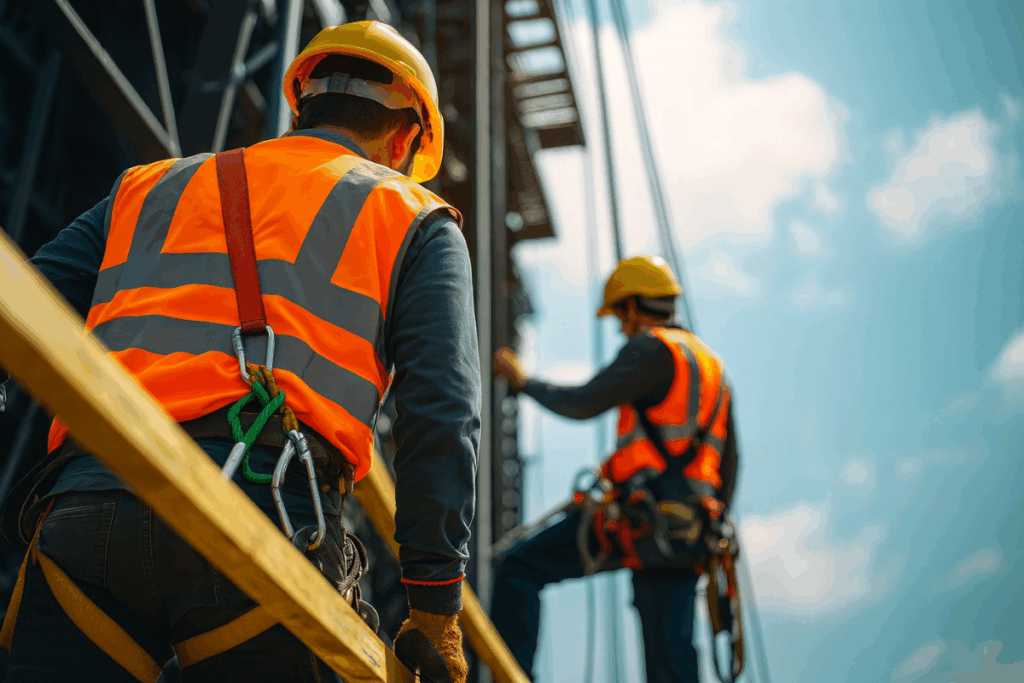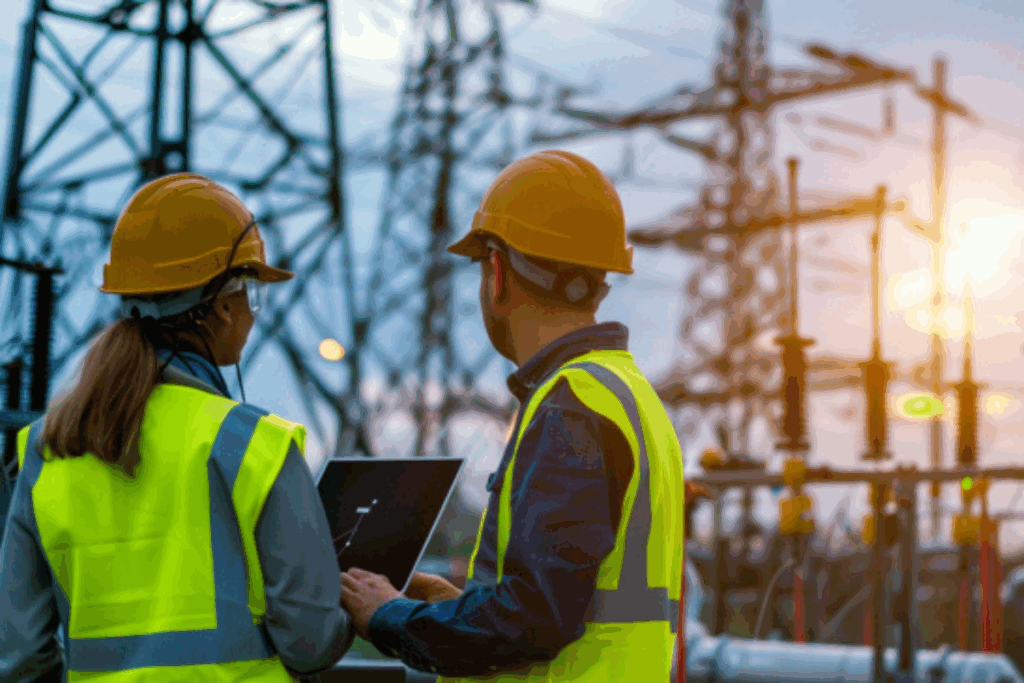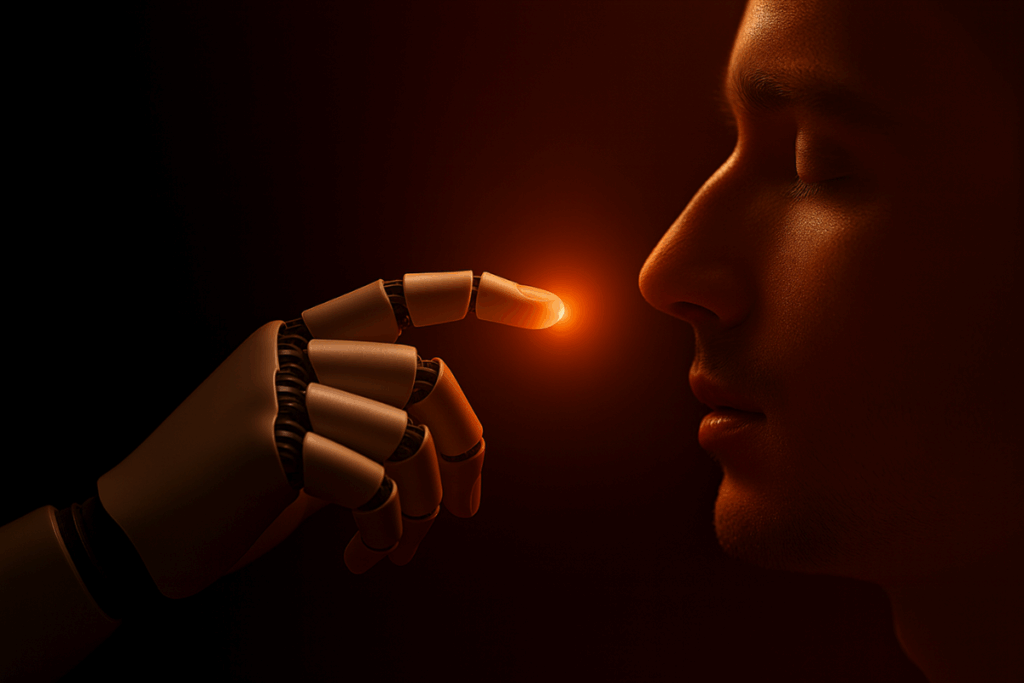A new era of prevention in industrial environments
Workplace safety has always been a fundamental pillar of industrial operations. However, despite traditional efforts, many organizations still face challenges in proactively preventing accidents. The incorporation of technologies such as artificial intelligence is changing this landscape, especially in the field of safety inspections.
The combination of AI and safety inspections is enabling companies to automate processes, detect anomalies in real time and improve predictive capabilities, significantly reducing the likelihood of workplace accidents.

Why automate inspections with AI?
Manual inspections, although necessary, often have limitations: they depend on the human eye, may omit critical details due to fatigue or routine, and are generally performed at defined intervals, leaving lapses of exposure to risk.
AI in safety inspections overcomes these limitations by applying visual analytics, machine learning and pattern recognition algorithms to assess risk conditions on a continuous basis. Systems with cameras, sensors or smart drones can monitor critical areas 24/7, identifying anomalous situations before they become incidents.
In addition, AI makes it possible to analyze large volumes of historical data to predict risk patterns. This translates into preventive decisions based on evidence rather than assumptions.
Increased accuracy, reduced risk exposure
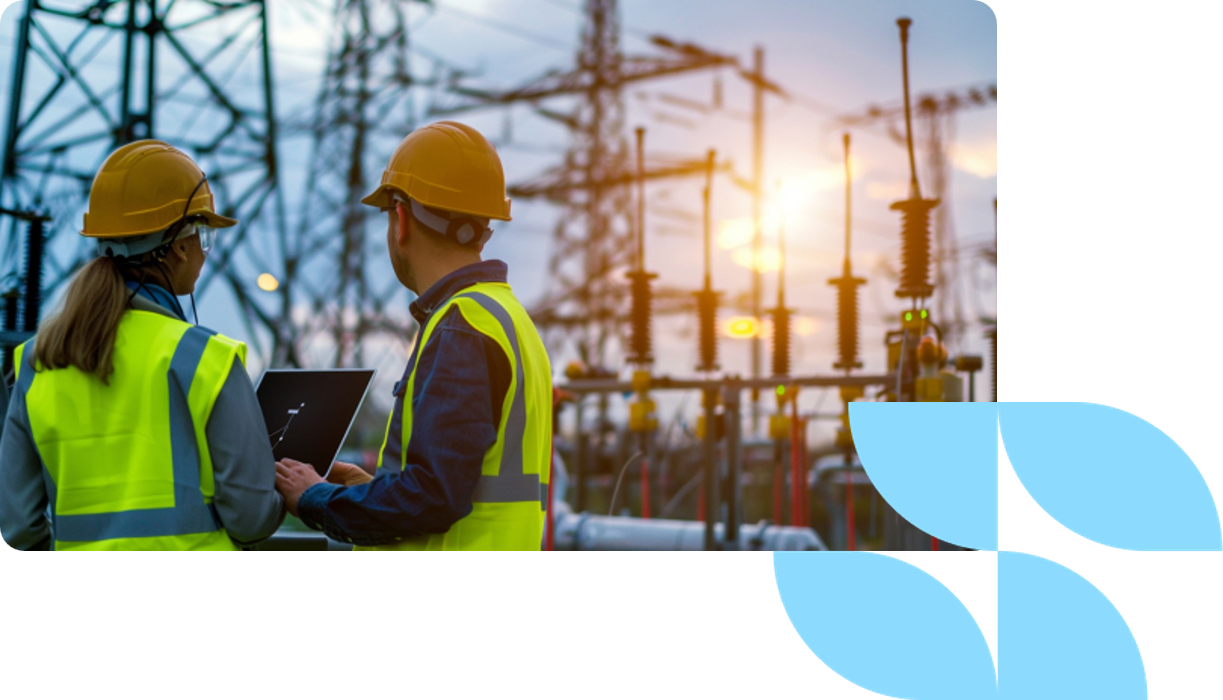
One of the most prominent benefits of automation is the reduction of human exposure to hazardous areas. Thanks to technologies such as computer vision and real-time video analysis, it is no longer necessary for an inspector to physically enter a high-risk area to perform a check.
AI can identify leaks, abnormal temperatures, incorrect PPE use or out-of-protocol behavior more accurately than the human eye, generating automatic alerts and reports ready for follow-up.
A system that learns and adapts
Another key aspect is that AI-based systems improve over time. As they receive more data, they adjust their models to be more accurate, recognize new risk situations and minimize false positives.
This makes it possible to build increasingly safe environments, where artificial intelligence does not replace human personnel, but rather enhances them: it frees up operational time, increases monitoring coverage and provides key information for decision making.
Implementing AI in security: a strategic investment
Integrating AI into safety processes is not only about adopting state-of-the-art technology, but also about investing in real and sustainable prevention. Reducing accidents means fewer operational interruptions, lower costs associated with compensation or penalties, and a more reliable working environment for workers.
In addition, by having automated systems and traceable data, organizations can demonstrate their commitment to safety to audits, certifiers or customers.
FAQs on AI in safety inspections
Can AI completely replace human inspections?
Not quite. AI complements and enhances human work, especially in repetitive or high-risk tasks. Professional judgment remains indispensable for interpreting and acting on complex findings.
What kind of data does AI analyze in these systems?
From camera images and environmental sensors to incident logs, behavioral data, use of protective equipment or weather conditions. It all depends on the system configuration.
Is AI implementation feasible for medium-sized companies?
Yes, there are currently scalable solutions that allow companies of different sizes to adopt AI tools in security in a gradual and cost-effective manner.
Prodity Software: innovation applied to workplace safety
Solutions like Prodity Software ‘s enable the integration of AI into safety inspections through platforms that automate, monitor and manage risk in real time. Their approach combines technology, prevention expertise and usability, facilitating frictionless digital transformation in occupational safety.
With Prodity, inspection automation is not a futuristic option: it is a practical tool to reduce accidents, make more informed decisions and build safer work environments today.





